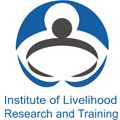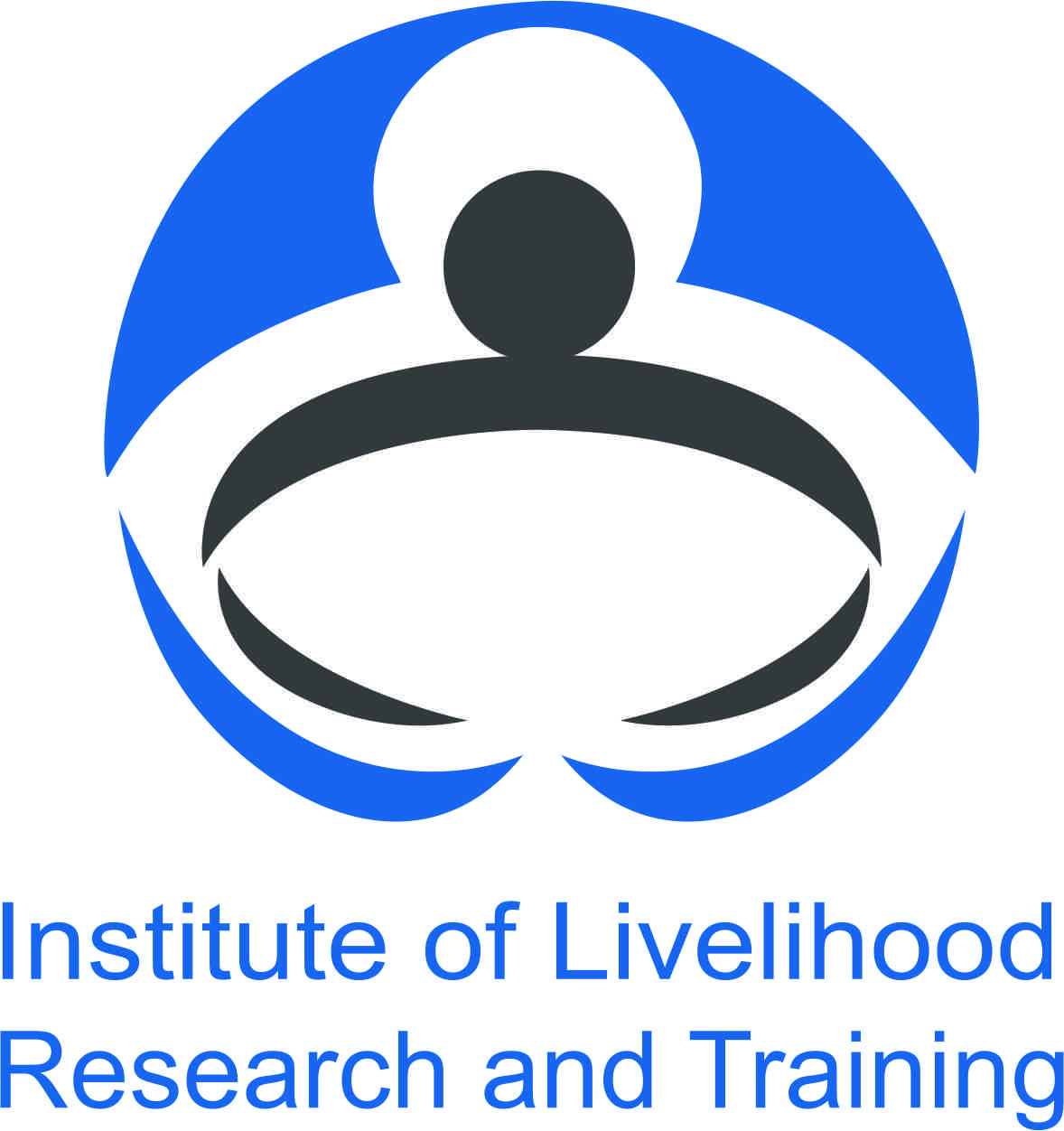Spider veins, likewise called telangiectasias, are thin, web-like capillaries that show up near to the surface of the skin. They are usually red, blue, or purple in color and look like tiny spider webs or branches. While they are normally harmless, crawler blood vessels can be a cosmetic problem for lots of individuals. Comprehending the causes behind the advancement of spider veins can aid you protect against as well as manage them efficiently. In this article, we check out the primary variables that contribute to the look of crawler capillaries.
Heredity
Heredity plays a considerable function in the growth of spider blood vessels. If your parents or various other close family members have spider veins, there is a higher likelihood that you may establish them also. Genetic factors identify the stamina as well as elasticity of your capillary. Weak or harmed blood vessels are extra susceptible to shutoff breakdowns, causing the development of spider blood vessels.
It is very important to note that while heredity raises the threat of developing crawler blood vessels, it does not assure their look. Lifestyle options and ecological factors also affect their advancement.
Hormone Impacts
Hormonal modifications can contribute to the development of crawler blood vessels, especially in women. Maternity, puberty, as well as menopause are stages in life where hormonal variations happen, potentially weakening the blood vessels as well as their shutoffs. The hormonal agent progesterone, particularly, can expand blood vessels, making them a lot more vulnerable to creating spider capillaries.
Furthermore, the use of hormonal birth control techniques, such as contraceptive pills or hormone replacement therapy, can aggravate the risk of creating spider veins.
Age
As we age, the all-natural deterioration of our capillary enhances the possibility of establishing spider blood vessels. With age, the veins lose their flexibility and also come to be much less reliable in carrying blood. Weaker capillary are much more at risk to valve breakdowns, triggering blood to swimming pool as well as spider capillaries to create.
Normal physical activity and a healthy way of life can assist boost the health and also elasticity of capillary, minimizing the danger of crawler veins as we age.
Occupational Aspects
Line of work that entail prolonged periods of standing or resting can add to the development of crawler capillaries. Jobs that call for extensive durations of standing, such as nursing or training, can create increased pressure on the lower extremities, possibly bring about the development of crawler veins.
On the other hand, occupations that entail resting for long periods, such as office work, can also contribute to crawler veins. Inactivity for extensive periods can hinder correct blood flow, enhancing the risk of establishing spider capillaries.
Other Contributing Aspects
While heredity, hormonal influences, age, and job-related factors are the primary sources para que sirve movi mob of crawler capillaries, several other factors can add to their development:
- Excessive weight: Excess weight puts added stress on the capillaries and also can weaken their honesty.
- Sunlight exposure: Long term as well as unguarded sun exposure can harm the skin and also blood vessels, increasing the threat of crawler veins.
- Injury or trauma: Previous injuries or injury to the skin or capillary can interfere with appropriate blood flow and also contribute to the formation of crawler capillaries.
- Alcohol intake: Extreme alcohol intake can dilate blood vessels, making them extra prone to developing crawler capillaries.
While crawler blood vessels might not constantly be avoidable, embracing a healthy and balanced lifestyle, maintaining a healthy weight, exercising frequently, and also protecting your skin from too much sun direct exposure can help reduce the risk of their development. If crawler veins are a cosmetic problem, numerous therapy options are available, consisting of sclerotherapy, laser therapy, and also capillary stripping, which can successfully diminish their look.

